
What is car tax?
Car Tax
Car tax, or Vehicle Excise Duty (VED) is a charge that is applied to cars using public roads in the UK. There are exceptions that actually don’t have to pay. They still have to ‘pay’ their bill of £0 through the same online portal, as all cars are required to have VED. The exceptions are vehicles used by a disabled person, vehicles that are over 40 years old, mowing machines, steam vehicles, vehicles used for agriculture, and forestry.
Is Tax New?
The origins of VED go a long way back to the 17th century when it was a charge for horse drawn Hackney Carriages. When cars first took to the roads it was agreed that they should also pay the tax, and shortly after this ruling tax discs were introduced. These showed the year that the car had paid tax for, and were displayed in the windscreen. These days it’s all done electronically, and tax discs don’t need to be displayed, but the tax still needs to be paid.
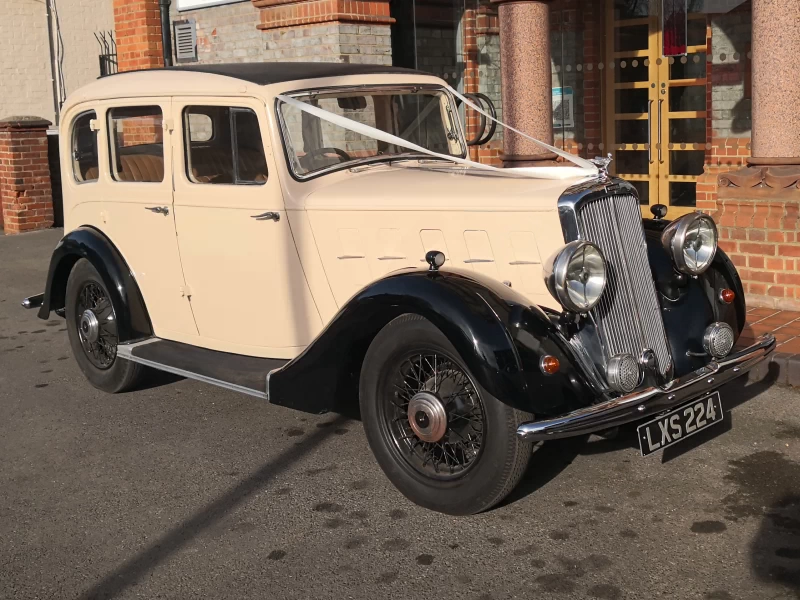
Where Does The Money Go?
The roads are in a terrible state – where does the money go? Is a fair question, but just because it’s collected from vehicles it’s not really anything to do with the maintenance of our roads. The money goes into the same ‘pot’ as other forms of tax, so it’s just as likely to be spent on education, or hospitals as it is on new roads and infrastructure.
VED is paid either yearly or every six months, most people choose to pay yearly, as it’s slightly cheaper and something you don’t have to remember to do again for another year. The DVLA send out reminders so that you know when your tax is due, and it’s easy to pay online once you have your reminder letter.

How Much Is It?
The amount you have to pay varies depending on several things. How much CO2 your car produces, when your car was registered and how expensive your car was when it was first registered. There are several tax bands for VED.
If your car was registered before March 2001 it depends how large your engine is, if it’s under or over 1549cc. Cars registered between March 2001 and April 2017 have a different band system, this is based on how much carbon dioxide your car produces. If your car doesn’t produce very much in the way of emissions your tax will be a lot less, it could even be free! You can see the price table here.
Cars registered after April 2017 have a new system of tax. This was introduced as modern cars are producing fewer emissions, and the revenue collected from VED was falling dramatically. The government changed the tax bands to zero, standard and premium. With only electric cars in the zero band. If you have a car registered after April 2017 that, due to its low emissions would have been paying £35 a year in the previous system, you will now be paying £190! The premium rate applies to cars that were over £40,000 when first registered. These will be taxed at the higher rate of £600 for the first five years, after this five years the standard rate is then applied.
Changes will be made to this in 2025, when the zero rate will be removed and electric cars will be in the standard band, and also due to premium tax if they’re expensive enough.
Learn With Us
Whatever you drive you will have to factor in the cost of the tax as part of the general cost of owning a car. No-one likes paying tax, but it’s just a fact of life! The convenience of owning your own car, and the freedom it gives, more than make up for the cost of ownership. If you’re ready to start driving, get in touch with us today. We have experienced driving instructors in your area.
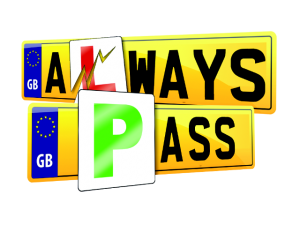
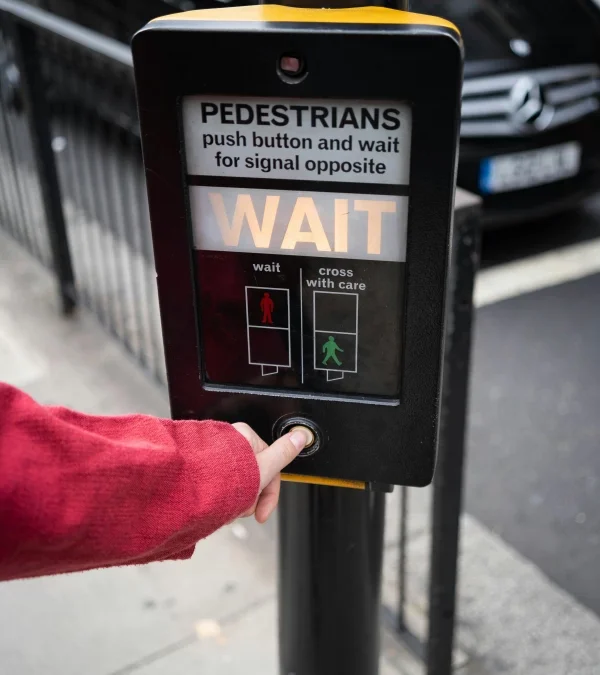
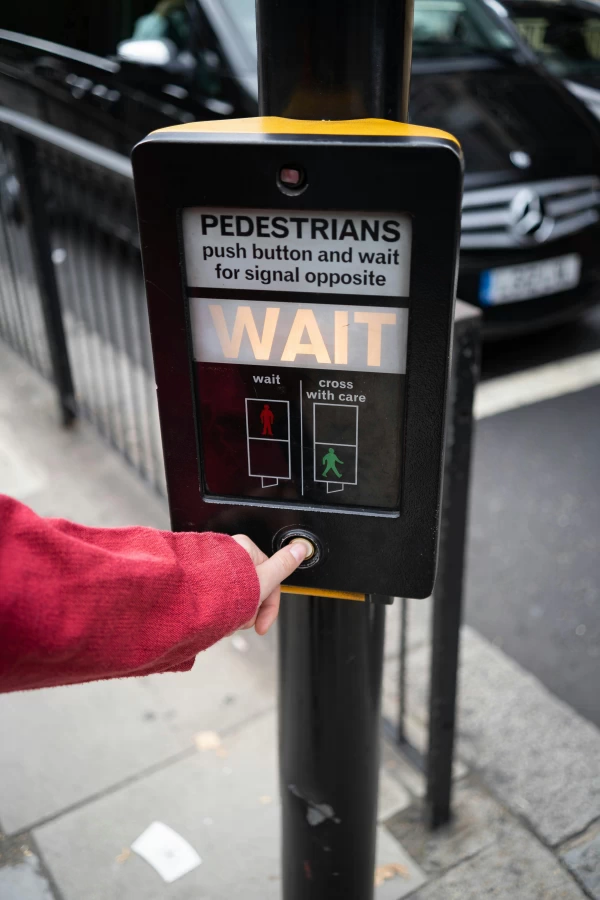


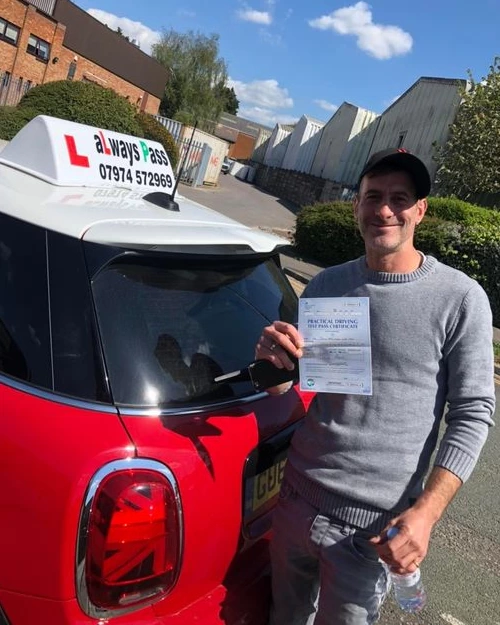
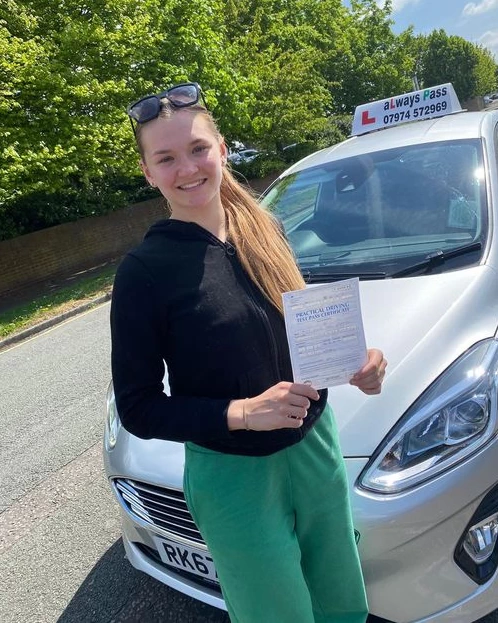
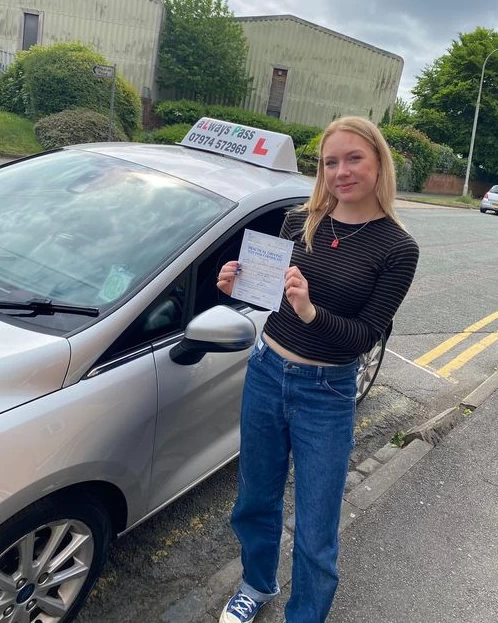


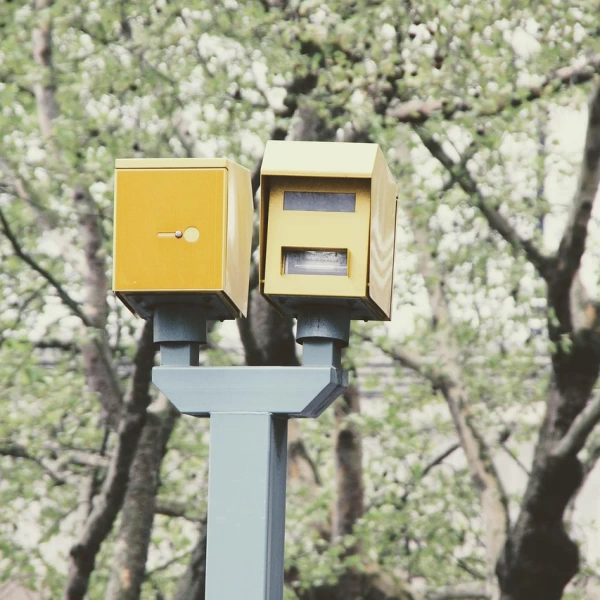
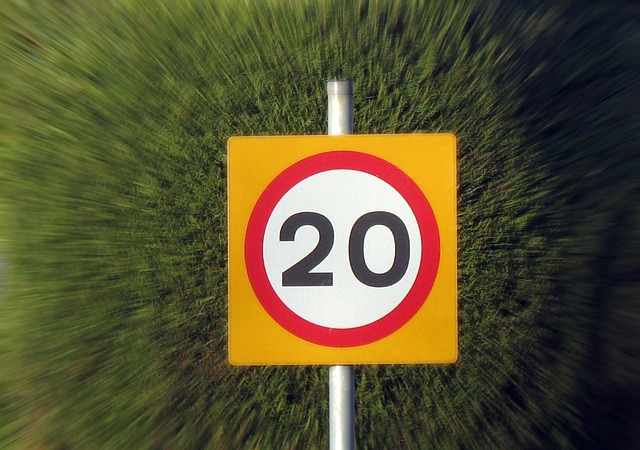
Recent Comments